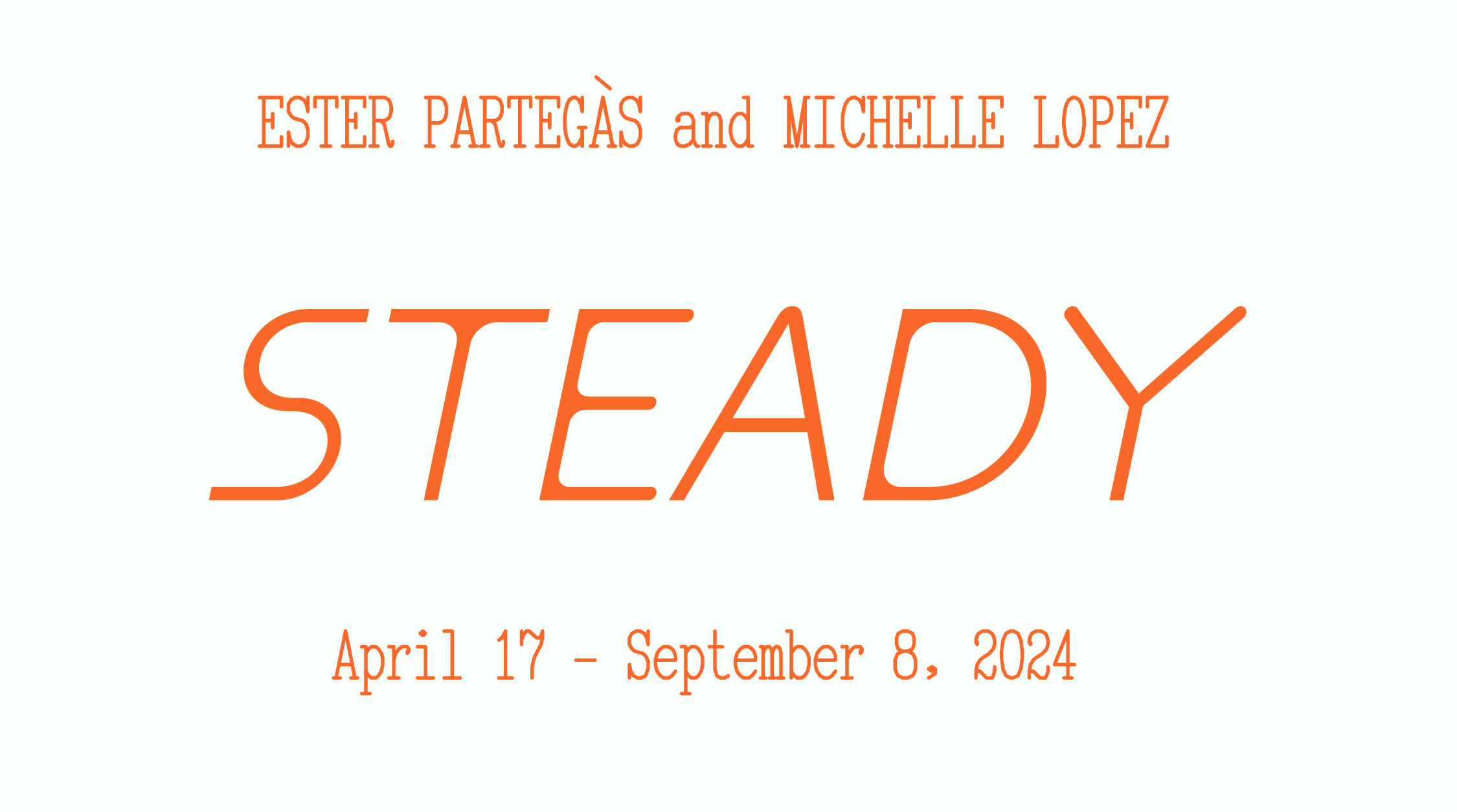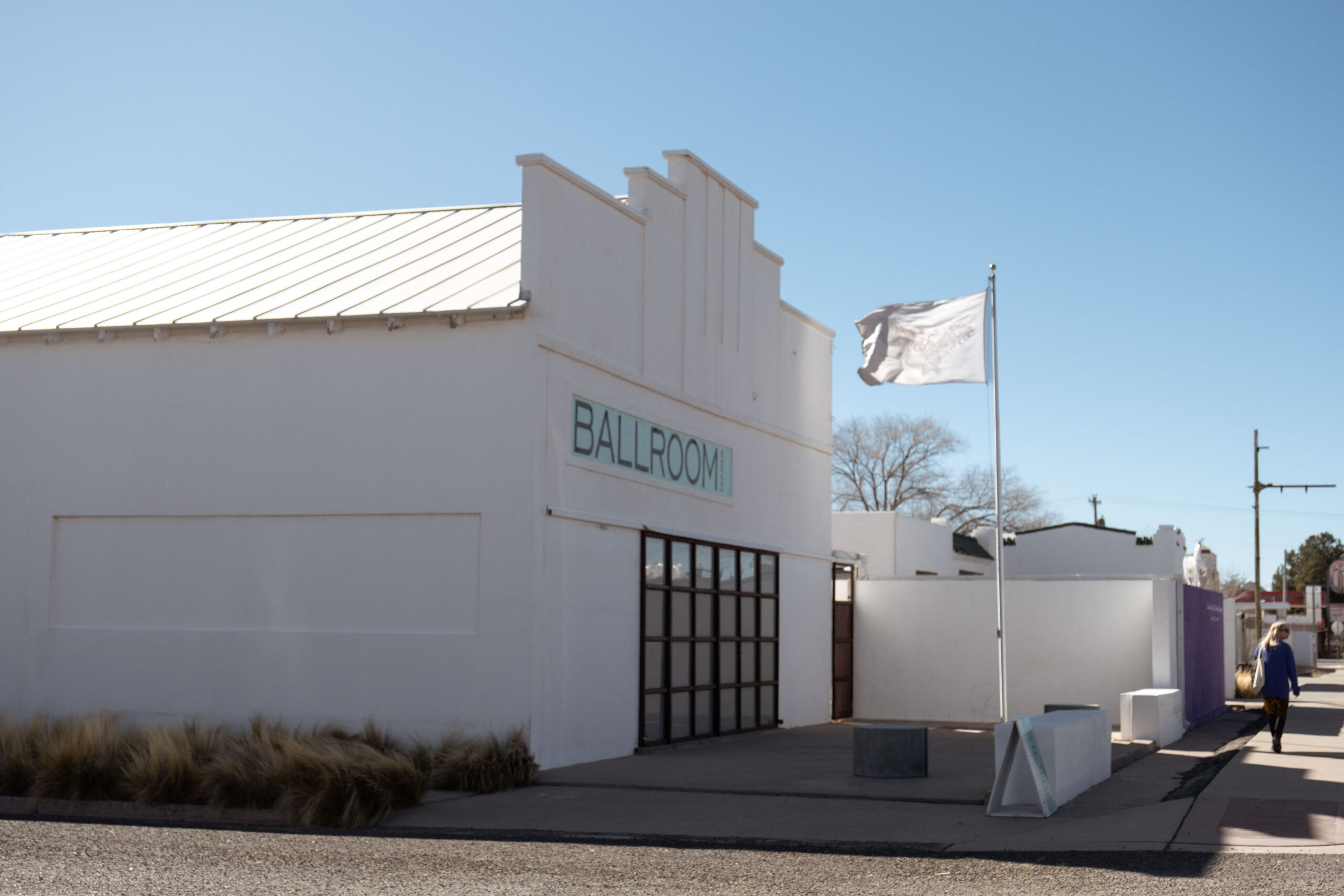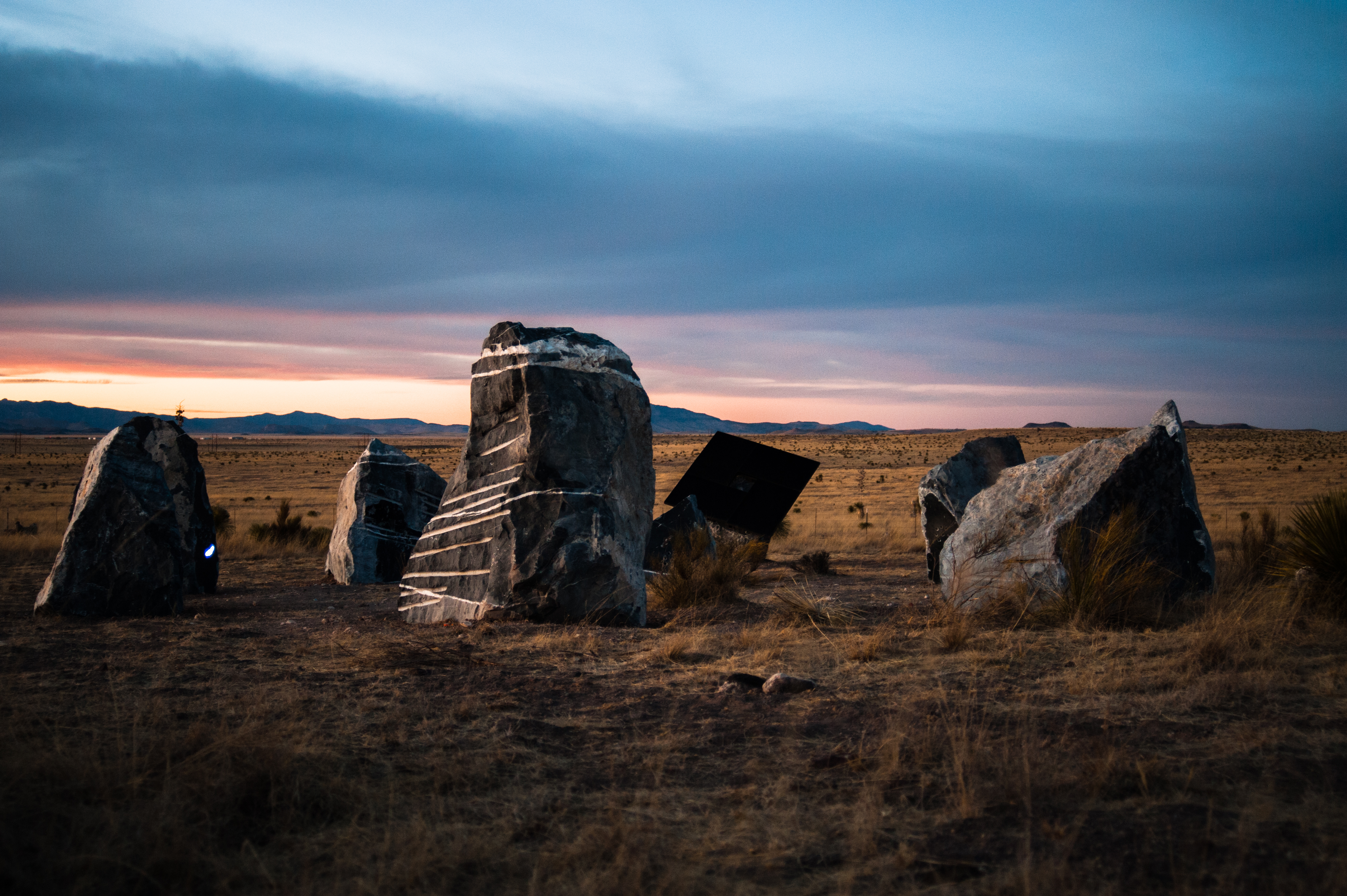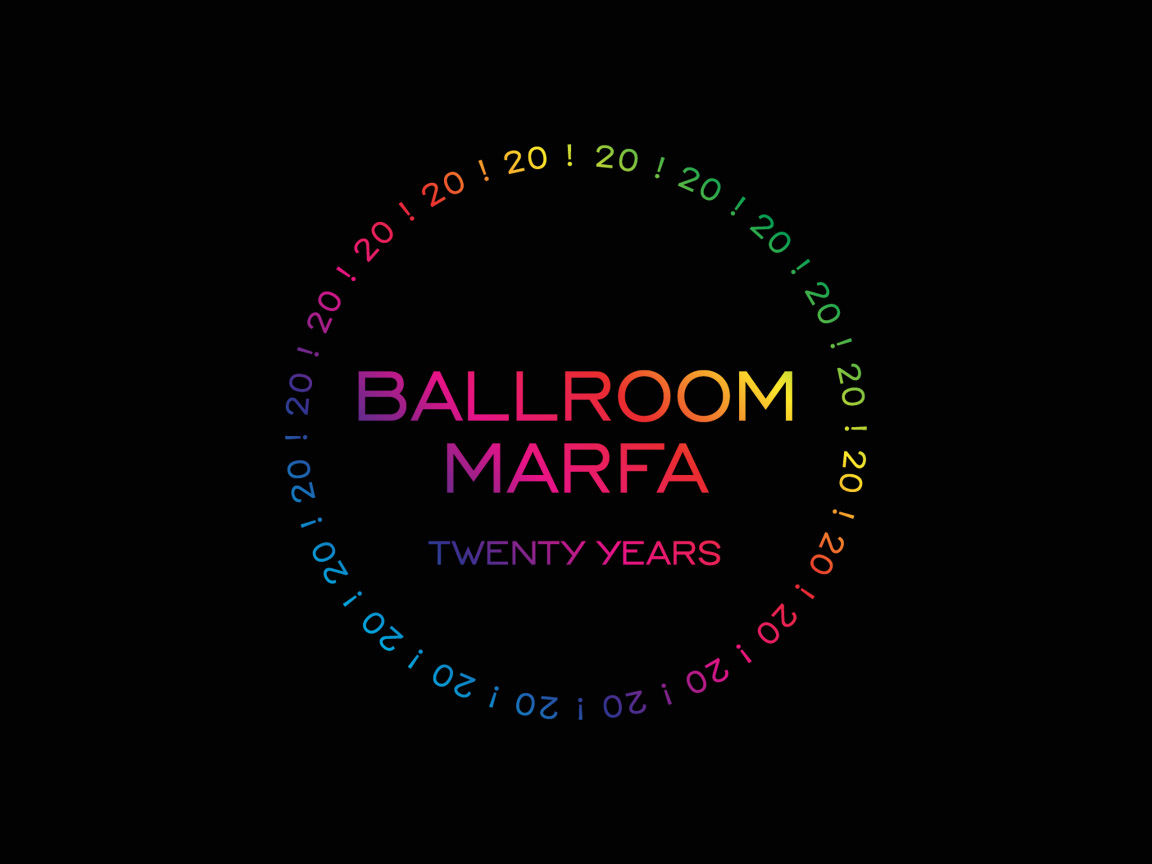“The Repeater” talks to Jeff Zeigler and Mary Lattimore about “La Révélateur”, Marfa
26 Mar 2014

The Crowley Theater, December 30, 2013. Photo by Lesley Brown.
On December 30, Jeff Zeigler and Mary Lattimore visited Marfa to score Ballroom’s fifth-annual New Year’s eve film: Philippe Garrel’s, La Révélateur (1968). Music blog, the Repeater, recently met with Zeigler and Lattimore to discuss their thoughts on west Texas, why they were attracted to La Révélateur, and what’s next for the duo.
Here is an excerpt from part I of the interview, where the musicians discuss creating the score:
Jeff: Despite our previous experience scoring films, the task was not easy. We started by just watching the film and trying to come up with themes, not totally sure what approach to take. While the film has some general recurring ideas—relationship conflict, emotional distance, and coming of age— this doesn’t totally translate into an obvious angle from a musical standpoint.
We decided to start from the most logical path: Improvising to the film as a whole, coming up with musical themes from that, and then building it into a cohesive idea.
Mary: ….We set up in Jeff’s studio and watched the film once through in silence, getting to know the characters. We pinpointed the family’s recurring activities. The film’s pace varies from almost excruciatingly slow, to measured and weary escape, and then to rapid, terrorized flight. So, one of our objectives was to create sounds that reacted instinctively to the movement or stillness in the film. Some of the most memorable scenes were of the couple running through the forest, of the boy moving through a tunnel, and of waves delivering swans elegantly to shore. The boy is the hero of the film, and carries with him a levity and playfulness that contrasts with the dark and troubled parents, and we wanted to focus on that, too.
When we watched the film a second time, Jeff and I jammed from a static drone, and then I started to play a slow melody as the boy walked through a lonely tunnel. This melody came back and morphed into different keys later on, whenever the slow walking reappeared. We created a few themes, and then took them to different places depending on the action. Jeff’s melodica was a really important voice in the melody. He would play a mournful ribbon over my repetitive figures, and the combination of instruments fit together very organically.
Some of the music was just texture, noise, lowered loops of fingernails scraping on harp strings and aggressive banging on stuff. Some of it was silence and negative space. I made Jeff take over the scene of the laughing boy in the bathroom because I had no idea what to do. Our notes were just pages of “Fur Coat = Sparse. Boy Walks Alone. Crucified Parents Theme F#. Silence – Wall Words. Slow Crucified Parents. Tunnel Bed Thick Gliss. Boring Bedroom 2. Fast Train Dm-Cmajor,” and on and on in our language.




